|
Spey fishing has really taken off in the fly fishing world as of late. It has to be the latest revenue maker for the industry as far as gear goes, but why? Trout spey, single spey, double spey…it’s all spey fishing but why is it gaining more popularity every year?
Spey fishing originated in the British Isles, Scotland to be exact; back in the mid 1800’s on the river Spey. The main concept of spey fishing that makes it so different than conventional single hand fly-casting is that it requires no back cast. This lack of a back cast makes it much more efficient to fish rivers near the bank without hanging up in the foliage on a routine basis that all honest fly anglers can relate to. The other main difference with spey fishing is that if the swing is the chosen presentation for the fly, then a spey rod is the tool. It makes even more sense when a sink tip is involved in the formula. It does not take long for a single hand angler casting a 400 to 500 grain sink tip to ask for a break to give his arm a rest, but put this same scenario into a spey rod angler and casting that sink tip all day long is a non-issue.
Like most new things on the fly fishing scene, part of the success and popularity in spey fishing is the technology advancements that have occurred over the past several years. It was not too long ago that most spey rods were 15’ in length and even longer with line combinations that took an engineer to figure out the right “sweet spot” to start your casts with. This has all changed dramatically with the advent of the Skagit lines. These new lines have revolutionized the spey fishing industry and have made the learning curve much faster to not only teach but to learn how to perform some basic spey casts that will get any angler “fishing” instead of “practicing” in no time.
The Skagit lines are smaller in length and much heavier than traditional spey lines. These shorter lines coupled with a slick running line on the back end and a floating or sinking tip on the front end are much easier to cast, and cast very far as well. Most novice spey anglers can cast these new lines with a few hours of practice as far or further than their own double haul casts from a single hand rod. Swinging for Kings on the Nushagak River
On the Nushgak River for example, swinging flies for kings is the presentation needed to hook one of these beasts on a fly. The best tool for the job is a spey rod that allows anglers to wade fish certain points and banks on the river that will offer the best chance at catching a king salmon on the fly. The newer line and spey rod combinations are ideally suited for this to happen. We utilize the new sink tip technology and shorter compact Skagit lines daily to intercept kings on the tides, chrome bright and at the most aggressive point they will be at as they enter the river still fresh from their feeding habits in the Bering Sea.
Casting a spey rod all day long with a heavy sink tip is now easily attainable with the newer rod and line combinations. This allows anglers a much better chance at landing kings on a fly. There is not a river in the world that has a bigger king run and therefore not a better place to catch that king on a fly than the Nushagak River. Sure, it will never be a king every cast, but at times, with several thousand king salmon riding the tide up river, it is not uncommon to have several grabs and hook ups on a tide. About the Author
Comments are closed.
|
AuthorThe primary contributor, John Perry, is the owner and manager of the lodge. He'll offer fishing summaries and tips too...check back or sign up for the email news to get updates when posted. Archives
November 2023
Categories
All
|
|
|
More News & Info
|
Copyright Angler's Alibi 2019 - All Rights Reserved

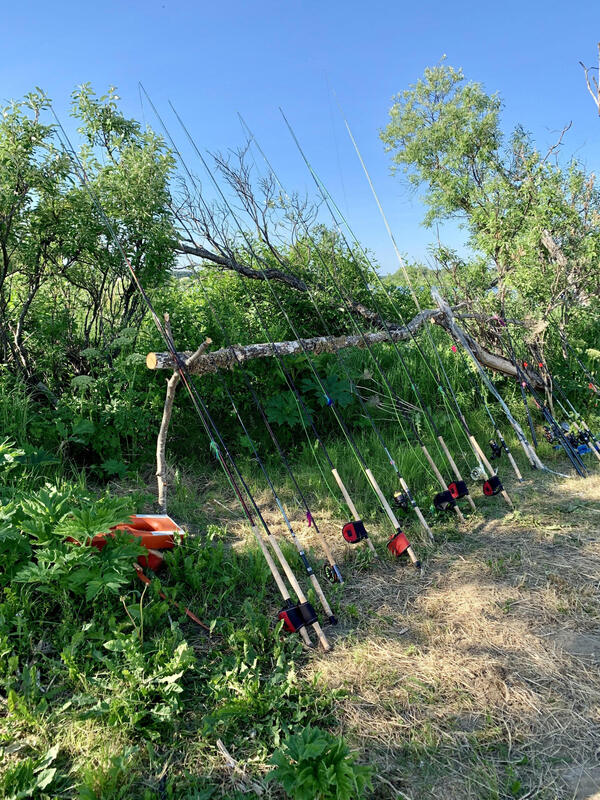
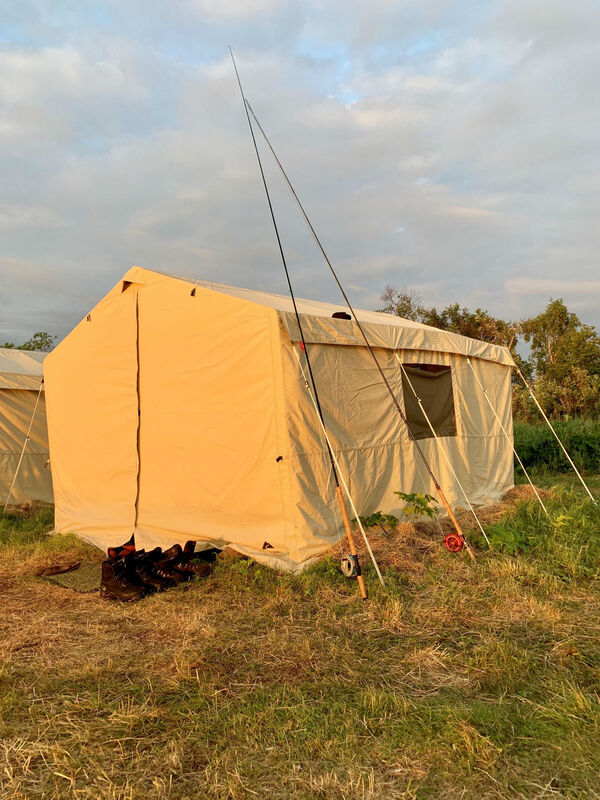
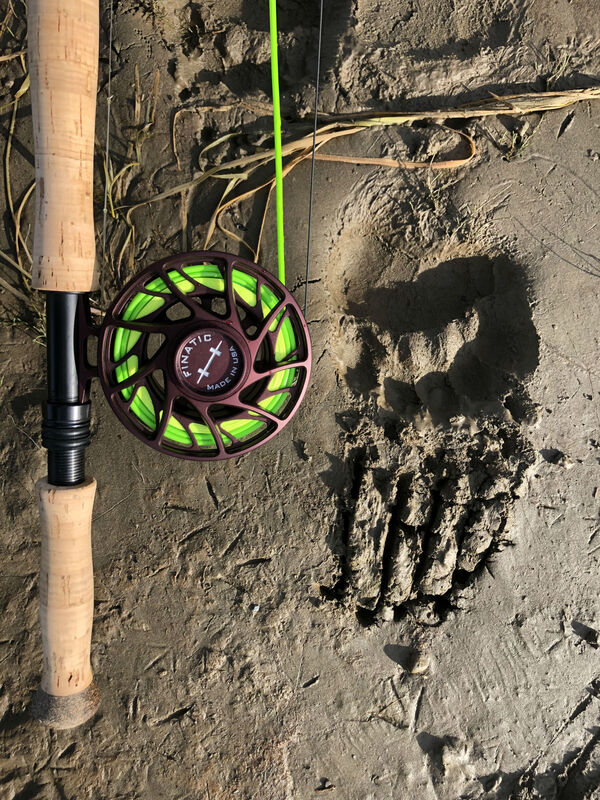
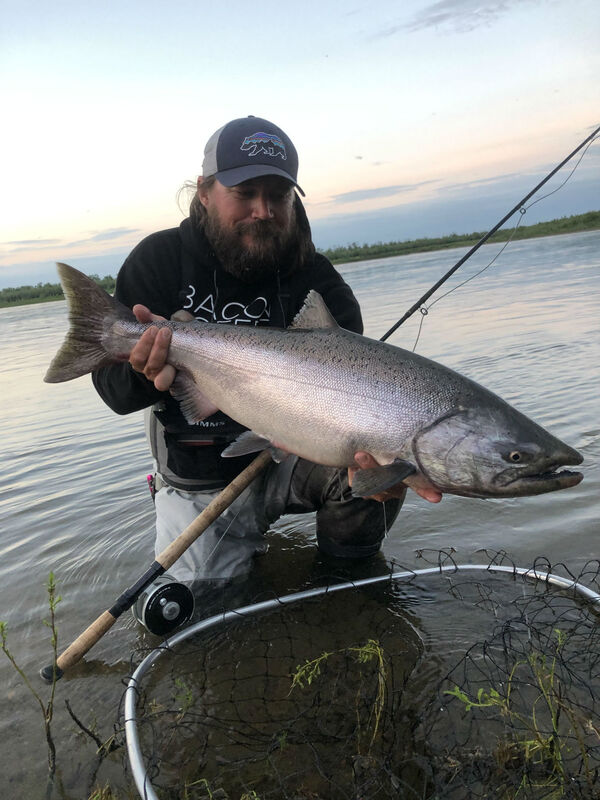
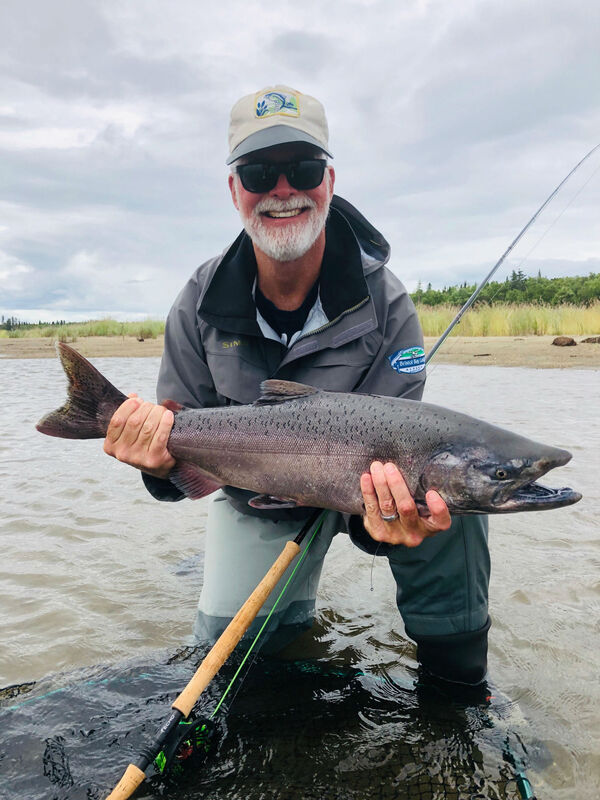
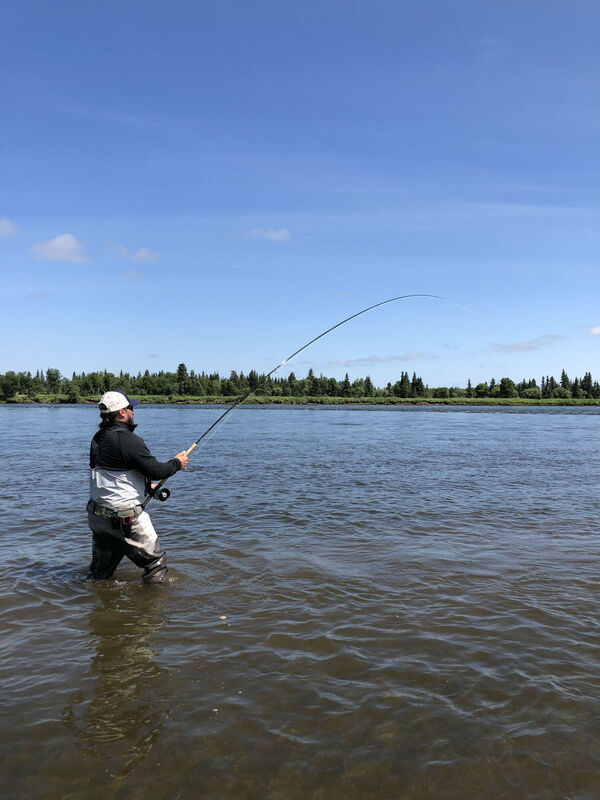
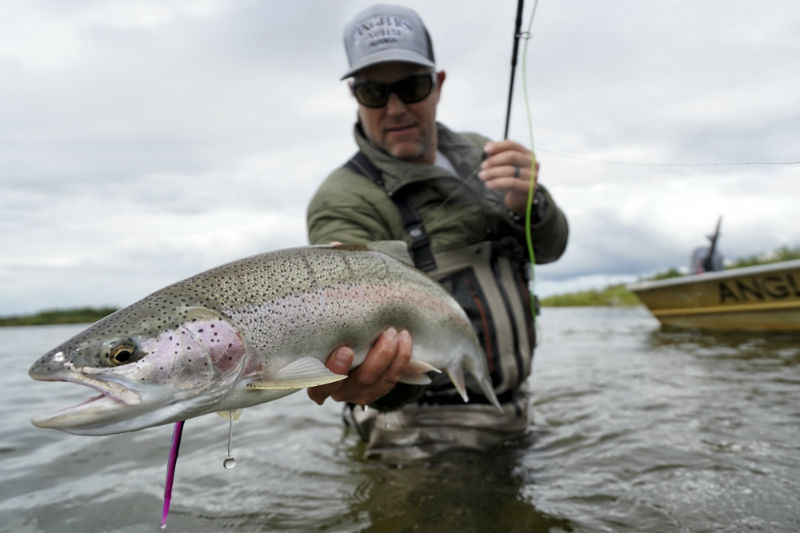
 RSS Feed
RSS Feed
